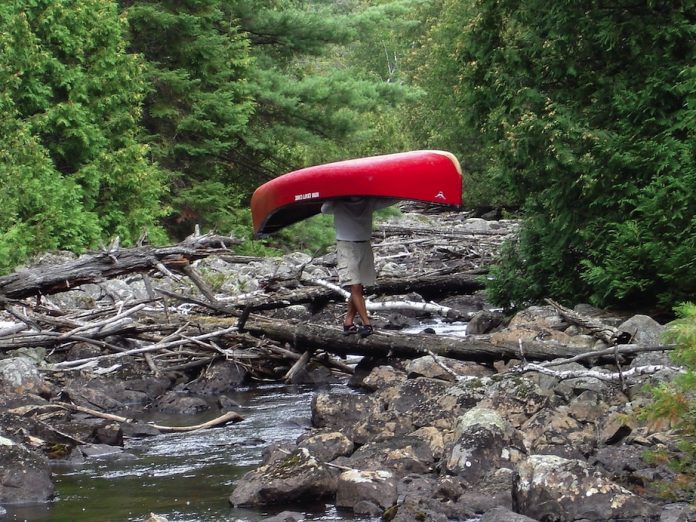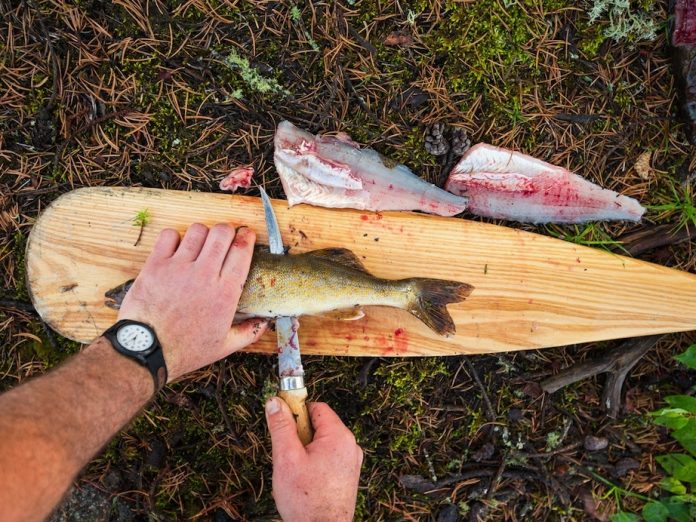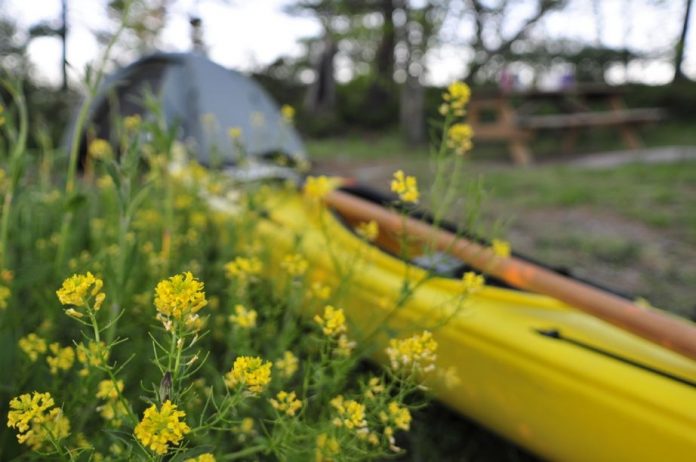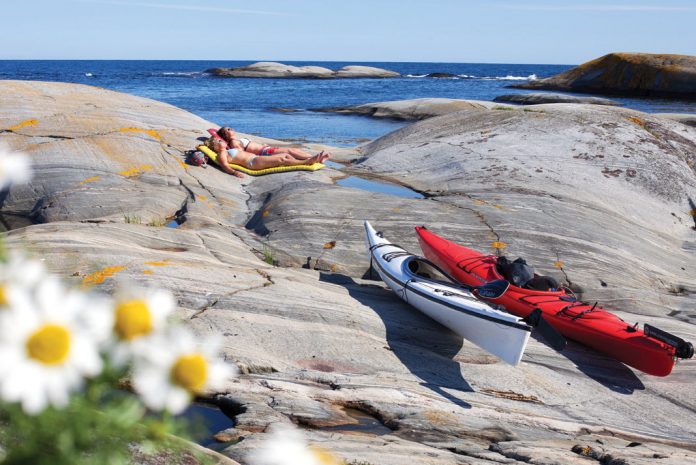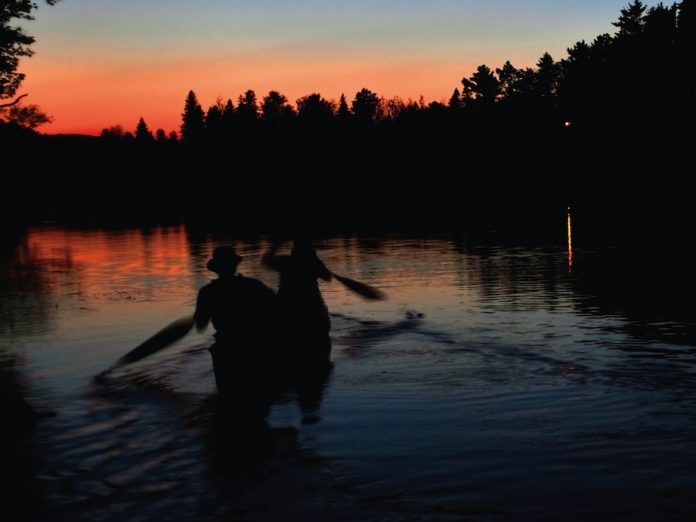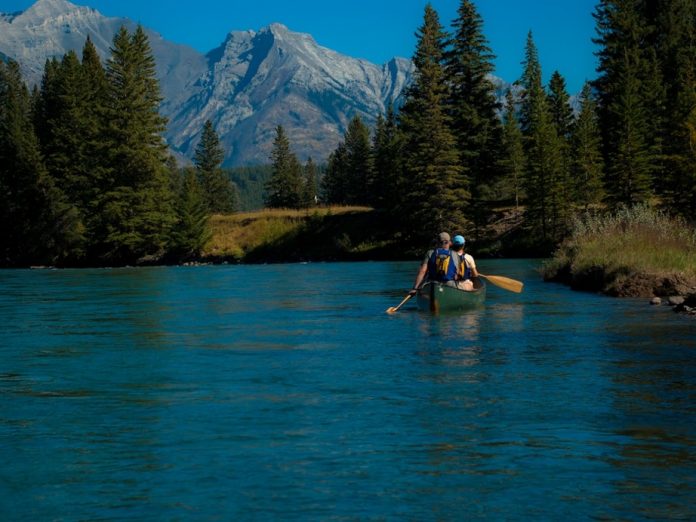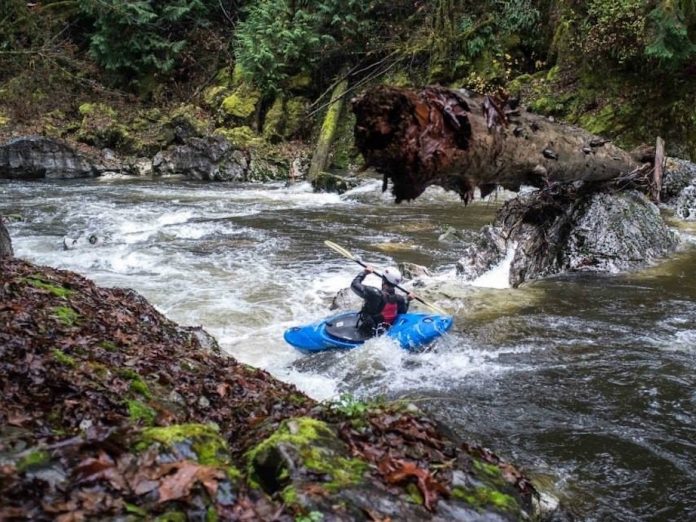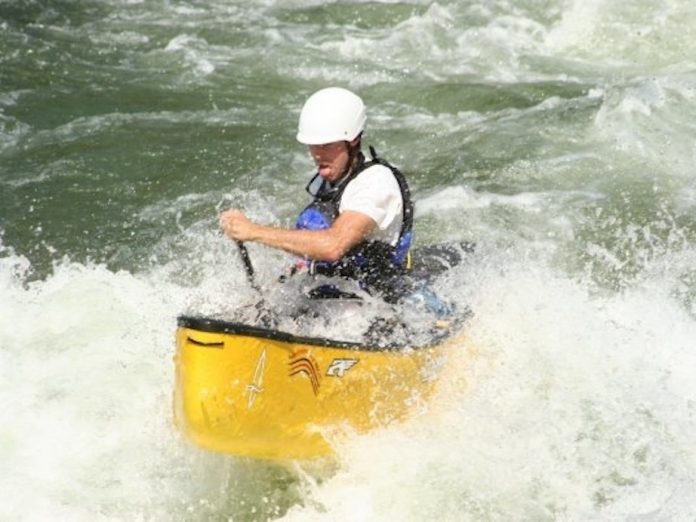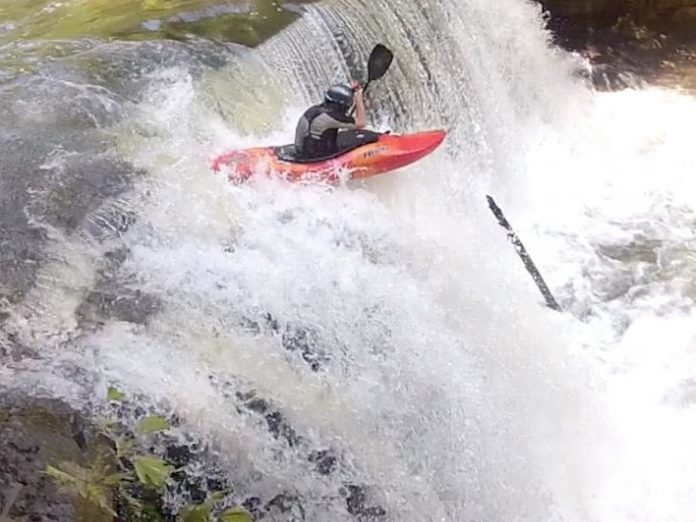It seemed a moot point to the accused. I take the act of stealing red Lifesavers out of my candy stash very seriously. I toss these sugary rings in my mouth at every 1,000-metre mark along a portage—a personal act of rich reward and the only thing that seemed to get me to the other side of the particularly grueling, blackfly-infested trails we trudged along on that trip. He claimed I was being overly dramatic when I threatened to never travel with him again. He gave me an evil smirk and took my last one. I haven’t tripped with him since.
What gets each canoeist to the other side of a portage varies. Some, like me, treat themselves to high-grading their candy bags. Others go into a dreamscape of good first dates, movies worth seeing a second time and dirty tricks to play on their bosses. Some paddlers simply think of things happening back at home—like traffic jams and the Greek economic crisis—to give them reasons why the pain of the portage isn’t so bad.
Many of us hum or, if we know the words, sing monotonous show tunes or the last song we heard on the radio driving to the put-in. The Proclaimers’ I’m Gonna Be (500 Miles) is a favourite. So are Dancing Queen by ABBA, Cat Stevens’, Cat’s in the Cradle and John Denver’s Poems, Prayers and Promises.
I remember a 27-day solo trip when I couldn’t get Aqua’s Barbie Girl out of my head. Imagine I’m a Barbie girl in a Barbie world / Life in plastic, it’s fantastic / You can brush my hair, undress me everywhere / Imagination, life is your creation every step of every portage. It was a long month.
Where the portage is located on the trip changes the carrot I dangle from my deck plate.
In the beginning, I daydream of monster walleye, picturesque campsites and the peaceful solitude I know I’ll find deeper into the interior. Near the end of the trip, it’s the thought of a cold beer and roadside junk food that makes me dance (albeit a slow waltz) my 60-pound canoe barrel across to the other side.
Ultimately, what gets most of us to the other side—no matter when and where—is the fact that the portage, nasty or not, is the only thing that protects the places we’re portaging to.
I almost guarantee that he or she who suffers the most, will be rewarded the most. A two-Lifesaver portage with steep inclines and a squishy spruce bog will give you complete solace. There will be no crowds at the end.
If you do stumble across another canoeist—ideally not as you are belting out Come on, Barbie, let’s go party, ah ah ah, yeah from beneath your Rob Roy—be assured she’ll be just as in love with the pain and pleasure of portaging as you are.
Discover more great adventure stories in Canoeroots and Family Camping’s Late Summer 2010 issue. To read it, download our free iPad/iPhone/iPod Touch App or Android App or read it here.



